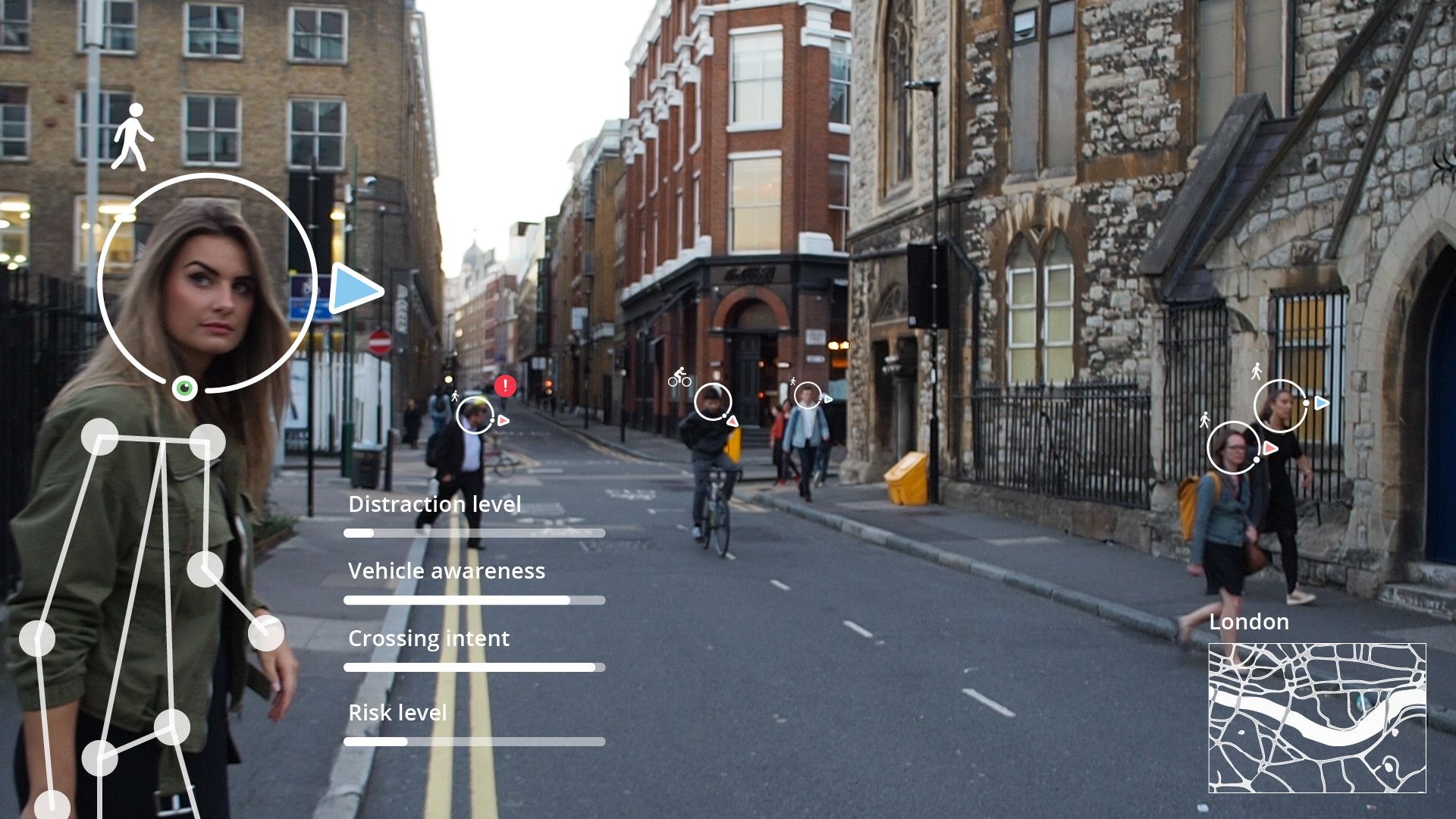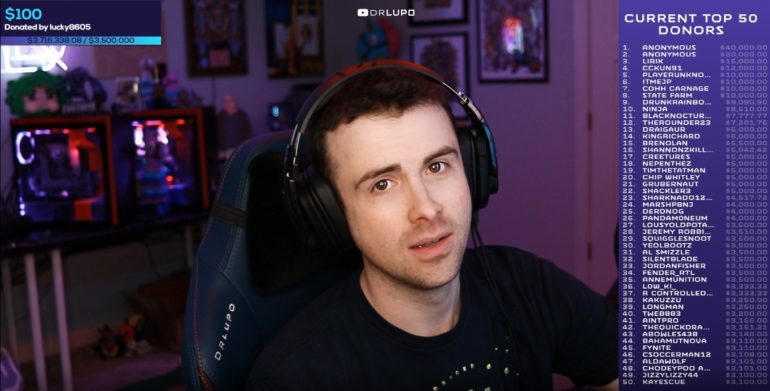In the almost 50 years since the famed Apollo moon landing, only three countries have managed to carefully execute lunar landings without a crash: the US, Russia, and China. And, China only managed to do so for the first time in 2013, later completing a ‘soft landing’ on the far side of the moon earlier this year.
India is now gearing up to become the fourth country to land an un(wo)manned craft safely on the moon. Should all go to plan, by September 2019, the country will make history by landing a probe on uncharted lunar land—closer to the moon’s south pole than any piece of scientific equipment has been before.
The country would also make history for another reason: India would be the first state to conduct a planetary mission led by women.
Top scientists at the Indian Space Research Organisation Ritu Karidhal and Muthayya Vanitha will be the Chandaryaan 2 mission director and project director, respectively. Karidhal, the deputy operations manager for India’s recent Mars mission who trained in aerospace engineering at the Indian Institute of Science, will be tasked with handling whatever needs to be done on the spacecraft once it enters orbit—including contingency operations.
In a recent TED talk, Karidhal outlined her motivations. “I was always drawn to stars. I thought about what existed beyond this dark space. Science was not just a subject for me, but a passion that was drawing me to my goal.” She set out high stakes on the Mars mission, as a time lag in communicating with the vessel meant that “even the smallest mistake could cost us the entire mission”. She was a key part of the team that conducted the world’s first successful revolution around Mars on the first attempt.
“We have to go deep into the country’s villages, towns, and bring this thought there as well….whether girls belong to a big city or small towns or villages, with parental support, they can succeed,” she added.
Vanitha, the winner of the best woman scientist award at the Astronautical Society of India in 2006, and one of Nature’s top scientists to watch in 2019, has been responsible for the project from the beginning. She will be responsible for getting all of the systems configured and assembled and will act as the single point of authority for the whole project.
Vanitha was appointed 18 months ago, following roles as deputy project director for several ‘remote-sensing’ satellites and also playing a crucial role in the launch of the Mangalyaan satellite around Mars.
Their work will come to fruition in early July, when Chandrayaan 2 takes off from a spaceport to the north of Chennai. The project as a whole—which will use an X-ray spectrometer and a high resolution camera to take measurements of the lunar crust and find out more information about ancient lunar impacts—aims to shed light “on a completely unexplored section of the moon—Its South Polar region”.
“[Chandrayaan 2] is not only a launch mission,” commented ISRO CHairman K Sivan in remarks earlier this year. “We are going to land precisely at a place where nobody’s ever gone. This is challenging for the whole ISRO team. I don’t have any doubt that team ISRO will achieve the target of this mission, with the precision of what we’re aiming for.”
The mission, in which about a third of the team are women, builds on the success of Chandrayaan 1, a lunar probe that circled the moon and underwent a controlled moon impact in 2008. The mission led India to discover the presence of water molecules in lunar soil.

